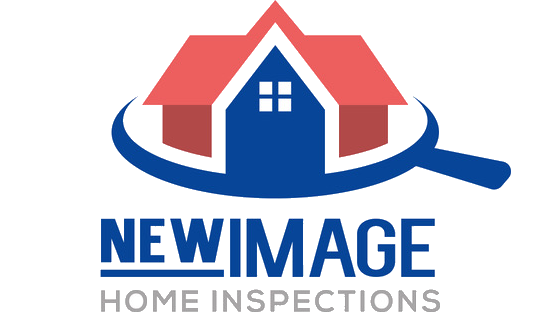Moving into a new home is exciting, but people often overlook one part of the process until the last minute—setting up utilities. Getting power, water, gas, internet, and other services turned on and in your name isn’t hard, but it does take a little planning. The key is to start early, stay organized, and make a few calls before unpacking the first box.
Here’s how to make the transition smooth and stress-free.
Start Setting Up Utilities Before Move-In Day
Ideally, you’ll want to start setting up your utilities at least one to two weeks before moving day. Some providers can get you connected in a day or two, but others—especially internet and cable—might need several days or even a week to schedule an installation. Don’t wait until you’ve moved in to get started, especially if you rely on Wi-Fi for work or entertainment.
First, make a list of the basic utilities: electricity, water, gas, internet, sewer, trash, and possibly cable. Then, figure out who the providers are in your area. If you’re moving locally, you may already know. If not, your real estate agent, landlord, or the seller can usually point you in the right direction.
Contact Utility Providers
Once you know who handles what, contact each provider to open or transfer an account. Be ready with your move-in date, new address, and some personal information. Some companies may run a soft credit check or require a deposit, especially if you’re a first-time customer.
Ask if someone needs to be present when the service is activated. For example, you usually don’t need to be there for the power to be turned on, but gas companies may require someone to be on-site for safety reasons. Internet and cable providers almost always schedule an appointment for installation.
It’s also a good idea to schedule shut-off dates for your old home. You don’t want to be paying two utility bills if you can avoid it, but you also don’t want to cut power or water while you’re still packing or cleaning.
Don’t Forget Trash and Sewer
These are easy to forget because they’re often handled by your city or county rather than a private company. If you’re moving to a single-family home, call the local public works or sanitation department to see if you need to open an account or request a trash bin. In some areas, sewer charges come through your water bill, but in others, they’re separate.
If you’re moving into an apartment, trash and sewer may be included in your rent. Still, it doesn’t hurt to double-check so there are no surprises later.
Compare Internet Options
Internet is one utility where you often have a choice. Check to see what providers service your area and compare speed, price, and reliability. Think about how much bandwidth you need based on how many people are in your home and how you use the internet. Streaming, gaming, and working from home all eat up bandwidth fast.
Some companies offer bundled deals with TV or phone service, but make sure you actually need those extras. Don’t sign up for something you won’t use just because it sounds like a deal.
Once you’ve picked a provider, schedule your installation as early as possible. Time slots can fill up quickly—especially at the beginning or end of the month when a lot of people are moving.
Keep Track of Account Info After Setting Up Utilities
As you set up each service, keep a running list of your account numbers, login credentials, and customer service contacts. You never know when you’ll need to reference something or make a change. Having everything in one place makes it much easier to stay organized.
You should also keep track of when your first bill is due. Most providers will send a paper or electronic bill within a few weeks of activation. Make sure your name, service address, and billing address are all correct.
Set Reminders to Review Plans
After the dust settles and you’re comfortably moved in, take a moment to review your utility plans after the first month or two. You might find that your internet speed isn’t fast enough, or that you’re paying for cable channels you don’t watch. Adjusting early can save you money in the long run.
Also, ask your providers if they offer paperless billing or autopay discounts. These small savings can add up over time, and they’re one less thing to worry about each month.
FAQs on Setting Up Utilities at Your New Home
How do I find out who my utility providers are?
You can usually find this information through the seller, landlord, neighbors, or by searching your city or county’s official website.
Can I transfer utilities from my old home to my new one?
Sometimes, yes—if the same provider services both areas. Even then, you’ll still need to update your address and set up a start date at your new home.
What if I forget to set up a utility before moving in?
Call the provider as soon as possible. Most can activate service within a day or two, though you may have to pay a rush fee or wait for an available technician.
Is there a way to set up all utilities in one place?
Some moving services or concierge companies offer bundled utility setup, but they may charge a fee or work with specific providers. Doing it yourself usually gives you more control.
Do I have to be home for utility setup?
It depends on the service. Electricity and water usually don’t require you to be home, but gas and internet often do. Ask when you call to schedule.
New Image Home Inspections offers home inspection services to upstate South Carolina. If you’re buying a home, contact us to request an appointment.

